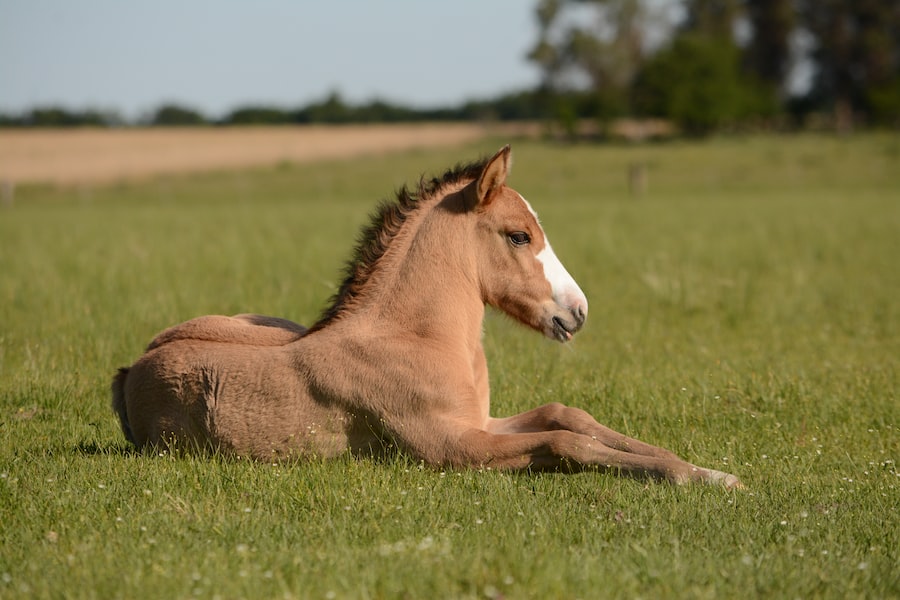Riding horses can be a fun and rewarding experience, but it’s important to know when not to ride. Understanding your horse’s physical limitations, recognizing your own limitations, evaluating the riding environment, and identifying behavioral issues are all crucial factors to consider before getting on a horse. By taking these factors into account, you can ensure the safety and well-being of both yourself and your horse.
Understanding Your Horse’s Physical Limitations and Health Conditions
Knowing your horse’s physical limitations and health conditions is essential to ensure their safety and well-being. Factors such as age, weight, and previous injuries can affect a horse’s ability to ride. For example, an older horse may have arthritis or other joint issues that make riding uncomfortable or even painful. Similarly, a horse that is overweight may struggle with the added strain on their joints and cardiovascular system.
Regular veterinary check-ups and proper nutrition can help keep your horse healthy and fit for riding. It’s important to work closely with your veterinarian to monitor your horse’s overall health and address any potential issues. This includes regular dental care, vaccinations, deworming, and hoof care. Additionally, providing your horse with a balanced diet that meets their nutritional needs is crucial for their overall well-being.
Recognizing Your Own Limitations as a Rider
As a rider, it’s important to recognize your own limitations and skill level. Pushing yourself too hard or attempting to ride beyond your abilities can result in injury to both you and your horse. It’s essential to be honest with yourself about your riding abilities and seek appropriate training and guidance.
Taking lessons from a qualified instructor can help improve your riding skills and build confidence. A skilled instructor can assess your abilities and provide guidance on how to progress safely. They can also help you develop good riding habits and techniques that will benefit both you and your horse.
Evaluating the Riding Environment and Weather Conditions
The riding environment and weather conditions can greatly impact your horse’s safety and comfort. Riding in extreme heat or cold, on slippery or uneven terrain, or in areas with heavy traffic can be dangerous for both you and your horse. It’s important to assess the riding environment before getting on a horse to ensure it is safe and suitable for riding.
Checking weather forecasts is crucial to avoid riding in extreme weather conditions. Riding in extreme heat can lead to dehydration and heat exhaustion for both you and your horse. Similarly, riding in extreme cold can put your horse at risk of hypothermia. It’s important to plan your rides accordingly and avoid riding in unsafe weather conditions.
Knowing When Your Horse Needs a Break or Rest
Horses, like humans, need breaks and rest periods to avoid exhaustion and injury. Signs of fatigue or discomfort, such as heavy breathing or stumbling, should be taken seriously and addressed immediately. Pushing a tired horse beyond their limits can result in injuries such as strained muscles or even collapse.
Providing your horse with adequate rest and recovery time is essential for their long-term health. This includes allowing them time to rest between rides, as well as providing them with regular turnout time in a pasture or paddock. Additionally, it’s important to monitor your horse’s fitness level and adjust their workload accordingly to prevent overexertion.
Identifying Behavioral Issues and Aggression in Horses

Behavioral issues and aggression in horses can be dangerous for both riders and handlers. Signs of aggression, such as biting or kicking, should be addressed immediately and may require professional help. Understanding your horse’s behavior and working with a trainer can help prevent and address behavioral issues.
It’s important to remember that horses are prey animals by nature, and their behavior is often influenced by fear or anxiety. It’s crucial to create a safe and positive environment for your horse to minimize the risk of behavioral issues. This includes providing them with consistent and clear training, as well as addressing any underlying physical or emotional issues that may contribute to their behavior.
Understanding the Importance of Proper Tack and Equipment
Proper tack and equipment are essential for the safety and comfort of both you and your horse. Ill-fitting or worn-out equipment can cause discomfort and even injury to your horse. It’s important to regularly inspect and maintain your tack and equipment to ensure they are in good condition.
When selecting tack, it’s important to choose equipment that fits your horse properly and is appropriate for the type of riding you will be doing. This includes saddles, bridles, bits, and protective gear such as boots or wraps. Working with a knowledgeable professional can help ensure you have the right equipment for your horse’s needs.
Knowing When to Seek Professional Help and Training
Seeking professional help and training can be crucial for both new and experienced riders. Working with a trainer can help improve your riding skills and address any behavioral issues in your horse. They can provide guidance on proper technique, help you set goals, and offer support and feedback.
Consulting with a veterinarian or equine specialist can also provide valuable insights into your horse’s health and well-being. They can help identify any underlying health issues that may affect your horse’s ability to ride or perform certain activities. Regular check-ups and communication with professionals can help ensure your horse’s overall well-being.
Safety Precautions for Riding Alone or in a Group
Whether riding alone or in a group, taking safety precautions is essential to prevent accidents and injuries. Wearing appropriate safety gear, such as helmets and boots, is crucial to protect yourself in case of a fall or other accident. Carrying a cell phone or communication device can also help ensure you can call for help if needed.
When riding in a group, it’s important to communicate with other riders and follow basic safety rules. This includes staying on designated trails, maintaining a safe distance between horses, and being aware of your surroundings. It’s also important to be considerate of other riders and their horses, as well as any pedestrians or vehicles you may encounter.
Prioritizing the Well-Being of Your Horse and Yourself
Knowing when not to ride a horse and taking steps to ensure their safety and well-being is essential for any rider. Understanding your horse’s physical limitations, recognizing your own limitations, evaluating the riding environment, and identifying behavioral issues are all crucial factors to consider before getting on a horse. By prioritizing the well-being of your horse and yourself, you can ensure a safe and enjoyable riding experience.
If you’re considering horse boarding facilities, Liv Stables has a helpful article titled “15 Must-Ask Questions for Finding the Perfect Horse Boarding Facility.” This article provides valuable insights and guidance on what to consider when choosing a boarding facility for your horse. From the amenities offered to the quality of care provided, this article covers all the essential aspects to ensure your horse’s well-being. Check it out here.
FAQs
What are some situations when it is not safe to ride a horse?
Some situations when it is not safe to ride a horse include when the horse is sick or injured, when the weather conditions are hazardous, when the rider is inexperienced or unprepared, or when the horse is displaying aggressive or unpredictable behavior.
What are some signs that a horse is not fit to be ridden?
Signs that a horse is not fit to be ridden include limping or favoring a leg, showing signs of pain or discomfort, displaying aggressive or unpredictable behavior, or exhibiting signs of fatigue or exhaustion.
What should I do if I encounter a situation where it is not safe to ride a horse?
If you encounter a situation where it is not safe to ride a horse, it is important to prioritize your safety and the safety of others. You should dismount from the horse and seek assistance from a qualified professional, such as a veterinarian or experienced horse handler.
What precautions can I take to ensure safe horse riding?
To ensure safe horse riding, it is important to wear appropriate safety gear, such as a helmet and boots with a heel. You should also ensure that the horse is properly trained and well-behaved, and that you have the necessary skills and experience to ride the horse safely. Additionally, you should always be aware of your surroundings and any potential hazards, such as uneven terrain or inclement weather.

